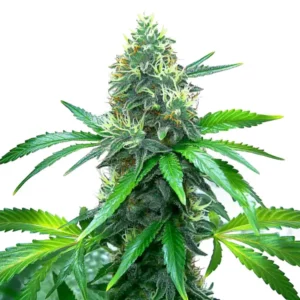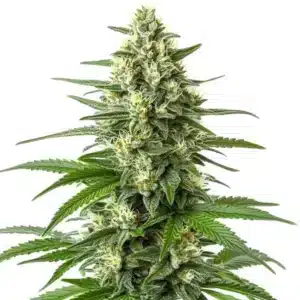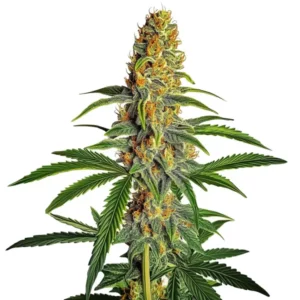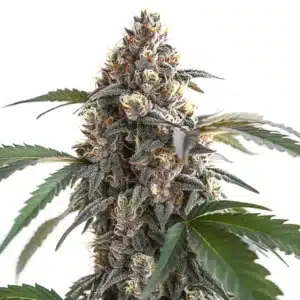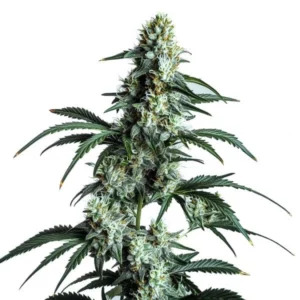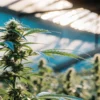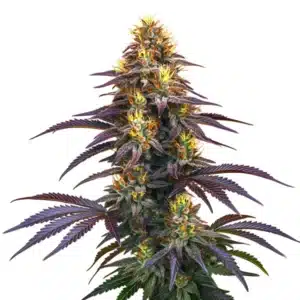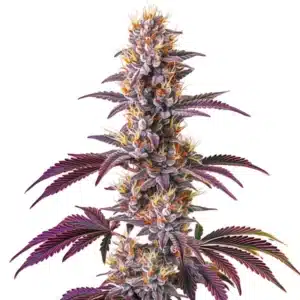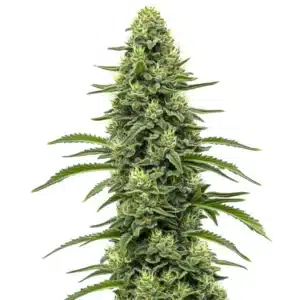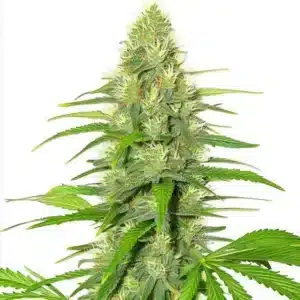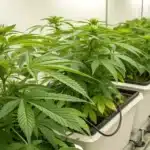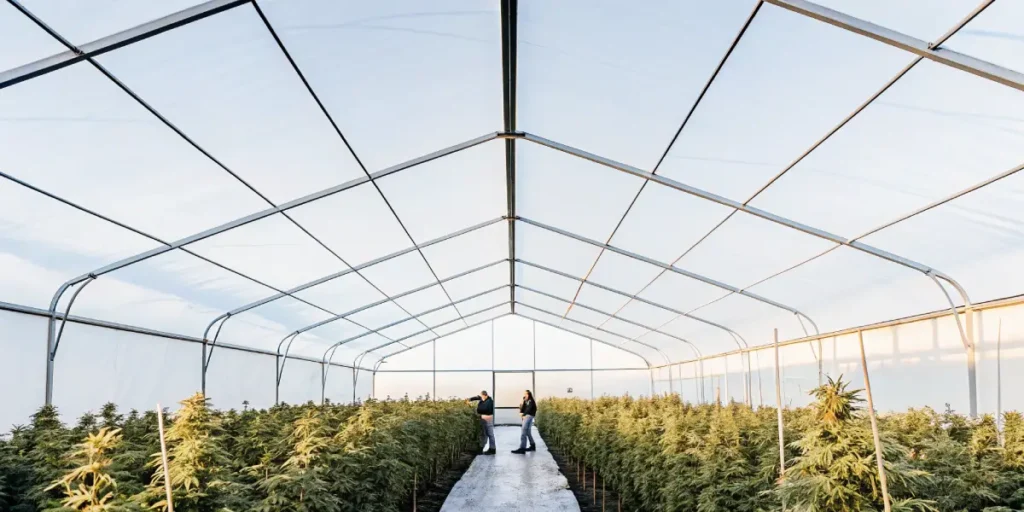
Managing ROS for Optimal Cannabis Plant Health
Managing ROS for optimal cannabis plant health is a crucial aspect that every grower, novice or expert, should focus on. ROS, or reactive oxygen species, are molecules that can cause damage to plant cells if not managed properly. High levels of ROS can lead to oxidative stress, affecting the overall health of your cannabis plants.
While some ROS are a natural part of plant metabolism, excessive amounts can be harmful. Therefore, knowing the balance and managing ROS for optimal cannabis plant health is key. By taking proactive steps, you can ensure your plants thrive and yield better results.
Recommended Strains
One effective way to manage ROS is by choosing the right cannabis strains. Strains like Blue Dream, Gorilla Glue 4, and OG Kush from Blimburn Seeds offer robust growth and resilience against oxidative stress. These strains have characteristics that naturally help in reducing oxidative stress in cannabis plants.
Importance of Managing Reactive Oxygen Species in Cannabis Cultivation
Reactive oxygen species are byproducts of normal cellular processes in plants. However, when plants are stressed due to factors like light, temperature, or nutrient levels, ROS production can skyrocket. This increase can damage cells, leading to poor plant health and reduced yields.
Managing ROS in cannabis cultivation is crucial for maintaining plant health. By optimizing ROS levels for cannabis plant health, you ensure that your plants can handle environmental stresses more effectively. This not only improves the resilience of the plants but also enhances their overall vitality.
In addition to environmental stressors, pest infestations can also lead to increased ROS production. Managing reactive oxygen species in cannabis cultivation involves addressing pest issues promptly to prevent cell damage. Employing integrated pest management strategies can help maintain balanced ROS levels and ensure healthier plants.
Another consideration is the role of plant growth stages in ROS management. During flowering, cannabis plants may experience heightened ROS production, requiring increased attention to nutrient and environmental management. Tailoring your approach during different growth phases is key to reducing oxidative stress in cannabis plants.
Promos & Deals
Strategies for Managing ROS in Cannabis Growth
There are several strategies for managing ROS in cannabis growth. One practical approach is to ensure your plants receive adequate but not excessive light. Overexposure to intense light can increase ROS production, so it’s important to find the right balance.
Another strategy involves the use of antioxidants. These compounds can neutralize excess ROS, reducing oxidative stress in cannabis plants. Incorporating antioxidants into your growing regimen can significantly improve cannabis yield through ROS management.
Ensuring proper soil aeration is another effective strategy for managing ROS. Well-aerated soil helps maintain root health, preventing excessive ROS production due to root stress. Employing practices such as regular soil turning and using perlite can enhance soil aeration, promoting healthier plant growth.
Additionally, implementing a controlled watering schedule can aid in optimizing ROS levels for cannabis plant health. Overwatering can create anaerobic conditions, increasing ROS production. By regulating water supply, growers can maintain optimal soil conditions, reducing oxidative stress in cannabis plants.
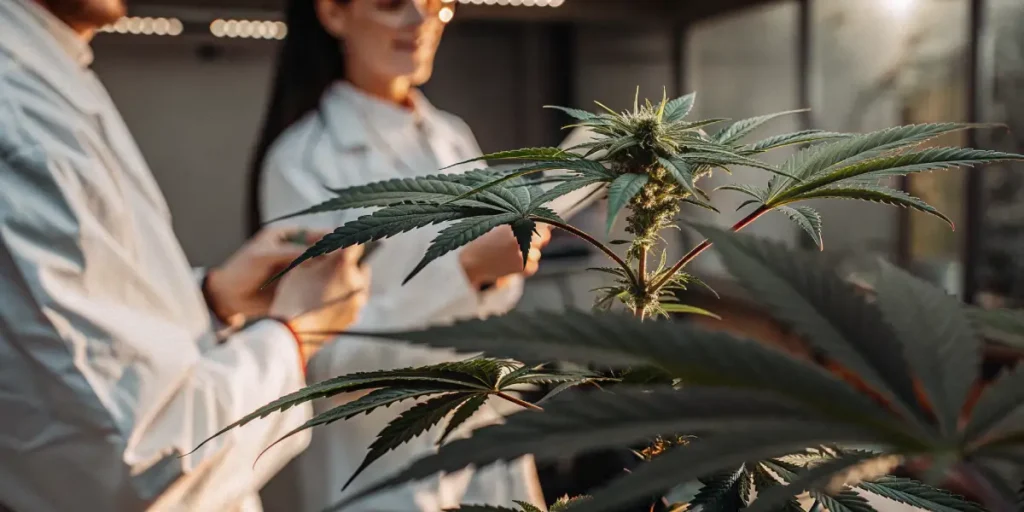
Optimizing ROS Levels for Cannabis Plant Health
Optimizing ROS levels involves maintaining a balanced nutrient regimen. Over-fertilizing can lead to increased ROS production, so it’s vital to provide nutrients in appropriate amounts. Using high-quality nutrients designed for cannabis can help achieve this balance.
It’s also important to monitor environmental conditions closely. Temperature fluctuations and humidity levels can impact ROS production. Keeping these factors stable can aid in managing ROS for optimal cannabis plant health.
Engaging in regular pruning and defoliation can also contribute to optimizing ROS levels for cannabis plant health. By removing excess foliage, you ensure better light penetration and air circulation, which can help control ROS production and improve overall plant health.
Furthermore, utilizing advanced growing technologies, such as LED lighting with adjustable spectrums, allows for precise control over light exposure. This technology helps in fine-tuning growing conditions to optimize ROS levels, enhancing the resilience and yield of cannabis plants.
Real-Life Examples and Practical Tips
Consider the Blue Dream strain from Blimburn Seeds. This strain is known for its resilience and ability to thrive under various conditions, making it easier to manage ROS. By providing moderate light and balanced nutrients, growers can optimize the health of this strain.
Gorilla Glue is another excellent choice for managing ROS. Its robust nature allows it to withstand environmental stresses better than many other strains. Ensuring proper airflow and humidity levels can further enhance its resistance to oxidative stress.
For those growing OG Kush, maintaining a stable environment is key. This strain thrives with consistent temperature and humidity, minimizing ROS production. Regular care and monitoring can lead to impressive yields and healthy plants.
Besides to these strategies, growers can benefit from sharing experiences and tips with the cannabis cultivation community. Engaging in forums and discussions can provide insights into successful methods for managing ROS for optimal cannabis plant health. Learning from the experiences of others can enhance your cultivation techniques and outcomes.
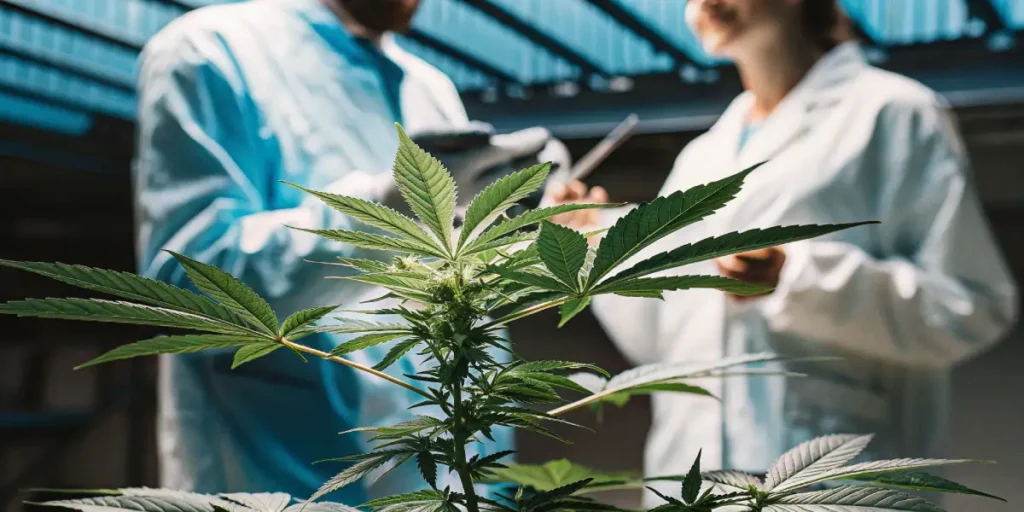
FAQs about Managing ROS for optimal cannabis plant health
How do I know if my cannabis plants are experiencing oxidative stress?
Signs of oxidative stress in cannabis plants include yellowing leaves, wilting, and stunted growth. If you notice any of these symptoms, it’s crucial to assess your growing conditions. Ensuring proper light, temperature, and nutrient levels can alleviate oxidative stress.
Regularly inspecting your plants and adjusting your growing techniques can prevent oxidative stress. By managing reactive oxygen species in cannabis cultivation effectively, you can maintain the health and vitality of your plants, leading to better yields.
What role do antioxidants play in managing ROS?
Antioxidants are compounds that neutralize excess ROS, thereby reducing oxidative stress. They play a significant role in managing ROS for optimal cannabis plant health. By incorporating antioxidants into your growing routine, you can protect your plants from potential damage.
Many growers use natural sources of antioxidants, such as compost teas or specific fertilizers, to maintain balanced ROS levels. These practices help in improving cannabis yield through ROS management and ensure healthier plant development.
Can environmental conditions affect ROS levels in cannabis plants?
Yes, environmental conditions significantly impact ROS levels in cannabis plants. Factors like temperature, light intensity, and humidity can influence the production of ROS. Maintaining a stable growing environment helps in optimizing ROS levels for cannabis plant health.
Using tools like hygrometers and light meters can help monitor and adjust these conditions effectively. By doing so, you prevent excess ROS production and maintain the overall health of your cannabis plants.
Are certain cannabis strains better suited for managing ROS?
Certain strains, such as those available at Blimburn Seeds, are naturally more resilient to oxidative stress. Blue Dream, Gorilla Glue 4, and OG Kush are examples of strains that handle environmental stresses well, making them ideal for managing ROS.
Choosing strains with robust growth characteristics can ease the process of managing ROS for optimal cannabis plant health. These strains often require less intervention and adapt better to varying growing conditions, leading to successful cultivation outcomes.
What are some common mistakes in managing ROS for cannabis plants?
A common mistake is over-fertilizing, which can increase ROS production. Providing balanced nutrients is key to managing ROS levels effectively. Another mistake is neglecting environmental conditions like light and temperature, which can exacerbate ROS issues.
Regular monitoring and adjustments are essential in avoiding these pitfalls. By knowing the needs of your specific cannabis strains and maintaining optimal growing conditions, you can effectively manage ROS and ensure the health of your plants.



